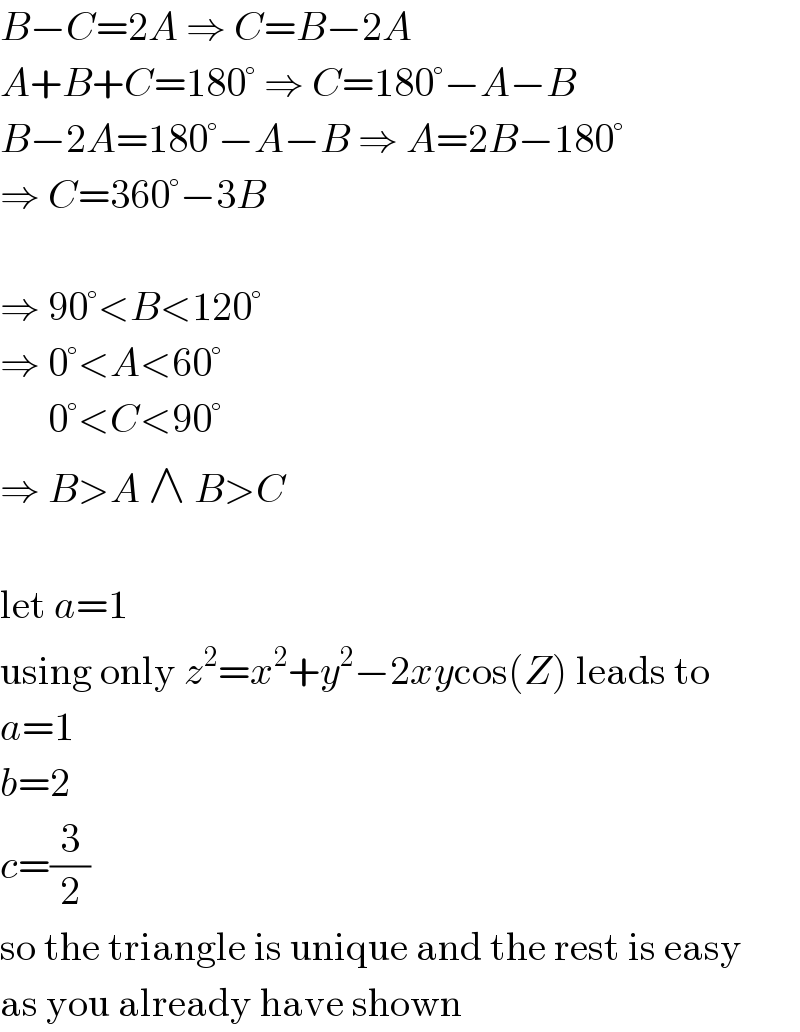
Question and Answers Forum
Question Number 40948 by behi83417@gmail.com last updated on 30/Jul/18

Commented by MJS last updated on 30/Jul/18

Answered by tanmay.chaudhury50@gmail.com last updated on 30/Jul/18

Commented by behi83417@gmail.com last updated on 30/Jul/18

Commented by behi83417@gmail.com last updated on 30/Jul/18

Commented by tanmay.chaudhury50@gmail.com last updated on 30/Jul/18

Answered by behi83417@gmail.com last updated on 30/Jul/18

